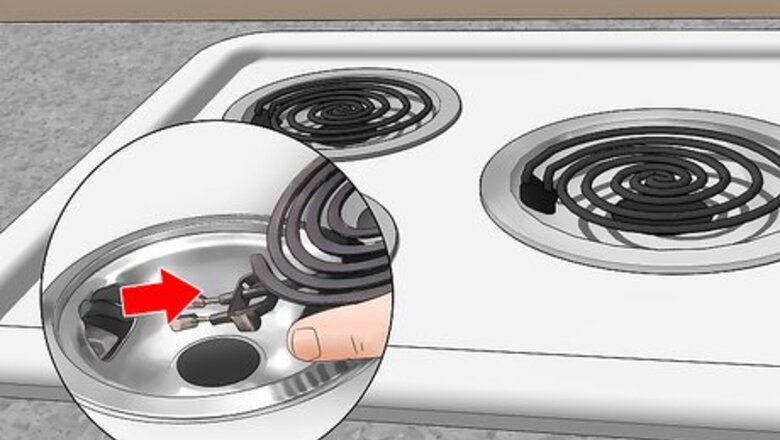
views
Cleaning Electric Burners
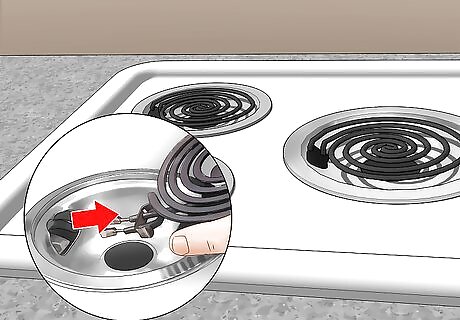
Remove the burners from the stovetop. Ensure that the burners have had time to cool completely before beginning this project. Gently pull the burners straight out from the connection point then lift them away. Refer to your appliance manual if you have difficulty.

Use a soapy, damp dishcloth to wipe down the burners. Put a small amount of dish soap on a dishcloth and wet it. Wring out the excess water, then use the cloth to wipe the burners. Avoid getting any part of the electrical connection wet, and never submerge the burners in water!

Clean tough stains with a mixture of baking soda and water. Make a paste from equal parts baking soda and water. Apply it to tough or stubborn stains on the burner. Allow it to soak for up to 20 minutes, then scrub the burner with a damp sponge.
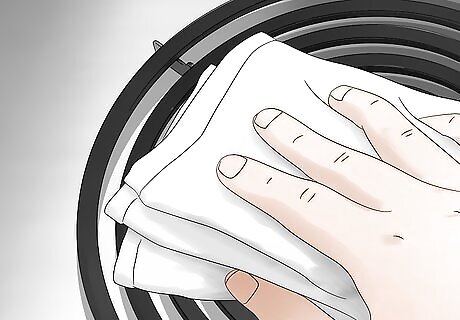
Rinse each burner with a damp cloth. Use a clean, damp dishcloth to remove the soap residue and any food or crumbs from each burner.

Allow the burners to dry completely before replacing them. Let the burners air dry or use a microfiber towel to dry them. Reconnect each burner to the appropriate connection point and set them back onto the stove.
Cleaning Drip Pans
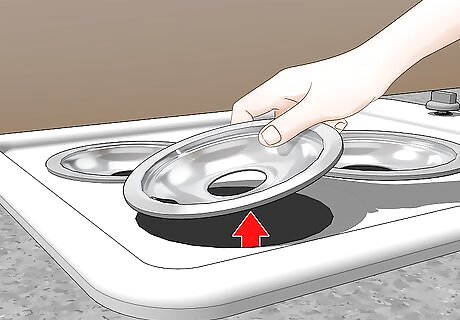
Remove the drip pans from the stove. Take the electric burners out first by gently pulling them straight out from the connection point. Then, remove each drip pan.

Rinse the drip pans. To get rid of any crumbs or large chunks of food, shake the drip pans over the trash can or sink. Then, rinse them with hot water.
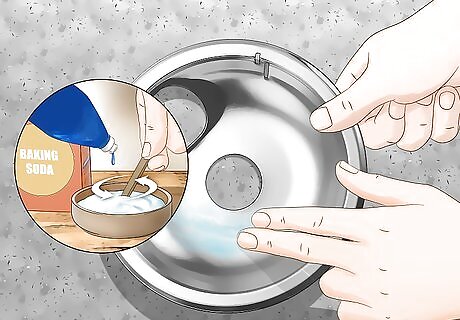
Coat the pans with a mixture of dish soap and baking soda. Use a 1:1 ratio of dish soap and baking soda. Use your fingers or a sponge to lather the mixture over all parts of the drip pans.
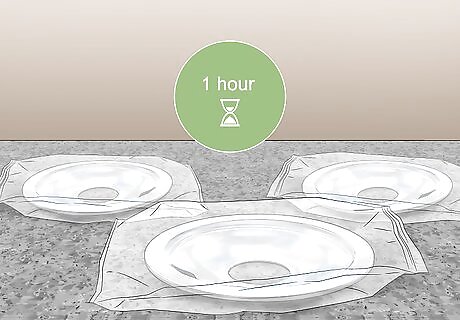
Seal the pans in a Ziploc bag and let them sit for 1 hour. Put each drip pan in an individual Ziploc bag and seal it. Let them sit on your counter or another surface for 1 hour so the soap and baking soda mixture can remove the stuck-on food.
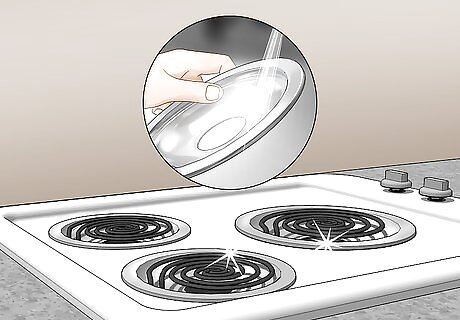
Rinse and dry the drip pans before replacing them. After an hour, remove the drip pans from the bags and rinse each one with hot water. Use a microfiber towel to dry them. Then, replace the drip pans as well as the electric burners.
Cleaning Stovetops

Spray the stovetop with a degreaser. Wear old clothes, rubber gloves, and eye protection when using a degreaser. Also, make sure the area is well ventilated. Choose a degreaser formulated for cleaning stovetops, and spray a liberal amount of it onto the stovetop, concentrating on the dirtiest parts. This method works well for both glass and enamel stovetops. Don't forget to spray and clean the knobs or buttons and the face of the stove, too!

Allow the degreaser to sit for the recommended amount of time. The instructions on the package should note how long the product needs to soak in before scrubbing. This is an important step, as the degreaser will not work properly if you spray it and then immediately begin wiping it away. It needs time to remove stubborn and stuck-on stains.

Scrub the stovetop with a sponge or scouring pad. Use small back and forth motions to scrub away leftover food and grease with a sponge. Rinse your sponge or scouring pad frequently with warm water as you clean.

Remove stuck-on food from glass stovetops with a razor blade. If your glass stovetop has food baked onto it that doesn't come off with the degreaser, scrape it away with a razor blade. Hold the blade at an angle and use short back-and-forth motions to chip it away. Take care not to cut yourself or gouge your stovetop. Do not use a razor blade on enamel stovetops.
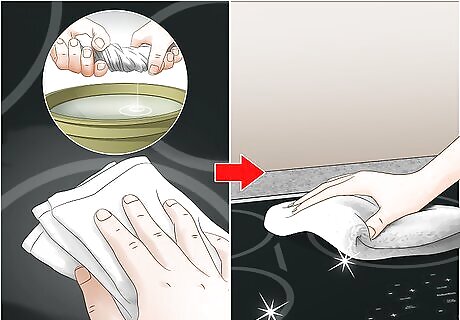
Rinse and dry the stovetop. Use a clean, damp sponge or dishcloth to remove any degreaser or food residue from the stovetop. Then, use a microfiber towel to dry the stovetop.
Cleaning Gas Stove Parts
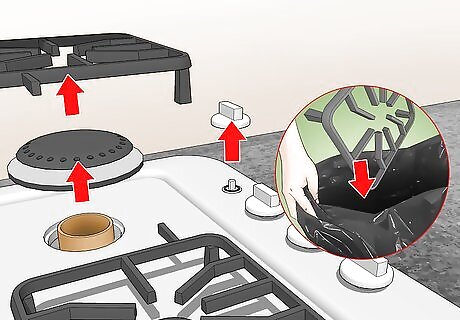
Remove the racks, gas burners, knobs, and handles from the stove. Ensure your stove is completely cool before beginning. Refer to your appliance manual for instructions on how to remove these pieces if necessary. Place all the removable parts in a heavy-duty garbage bag.

Add 1 cup (237 mL) of ammonia to the bag. Wear rubber gloves and eye protection when working with ammonia. Ensure the space is well ventilated. After adding the ammonia, seal the bag and set it outside away from direct sunlight or store it in your bathtub.
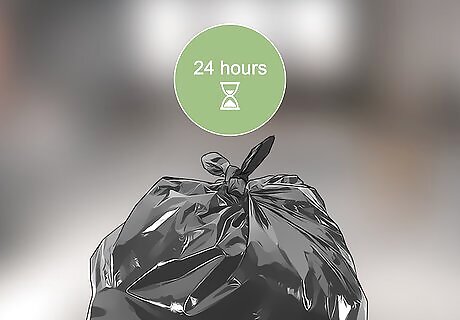
Allow the stove parts to soak in the ammonia for 24 hours. The fumes from the ammonia will clean the gunk and grease off the racks, burners, knobs, and handles, but it needs time to work.

Wash the stove parts in warm soapy water. Put on rubber gloves and eye protection. Fill a bucket or sink with warm, soapy water and place the parts from the ammonia-filled garbage bag in the water. Use a sponge or scouring pad to wipe down each piece. Rinse the pieces with hot water. Pour the remaining ammonia in the toilet or down the kitchen drain and flush it with plenty of water. Dispose of the bag.
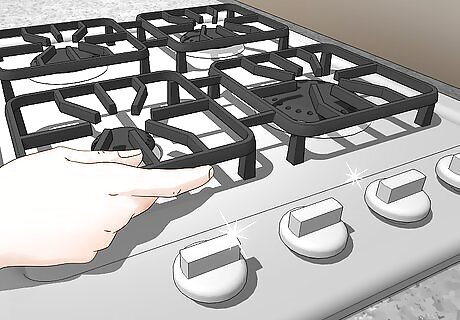
Reassemble the stove. Allow all the parts of your stovetop to dry fully. Then, you can carefully replace the parts you removed.












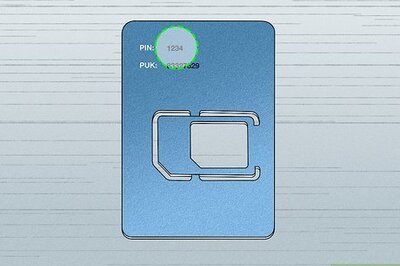
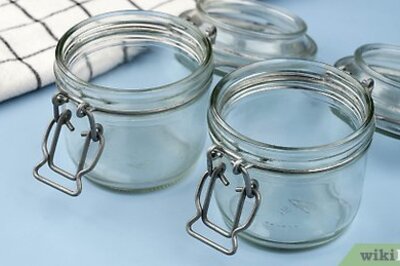


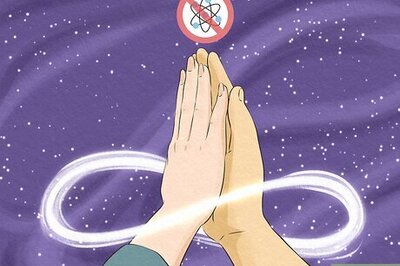
Comments
0 comment